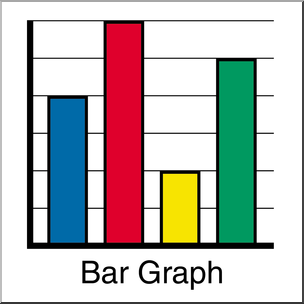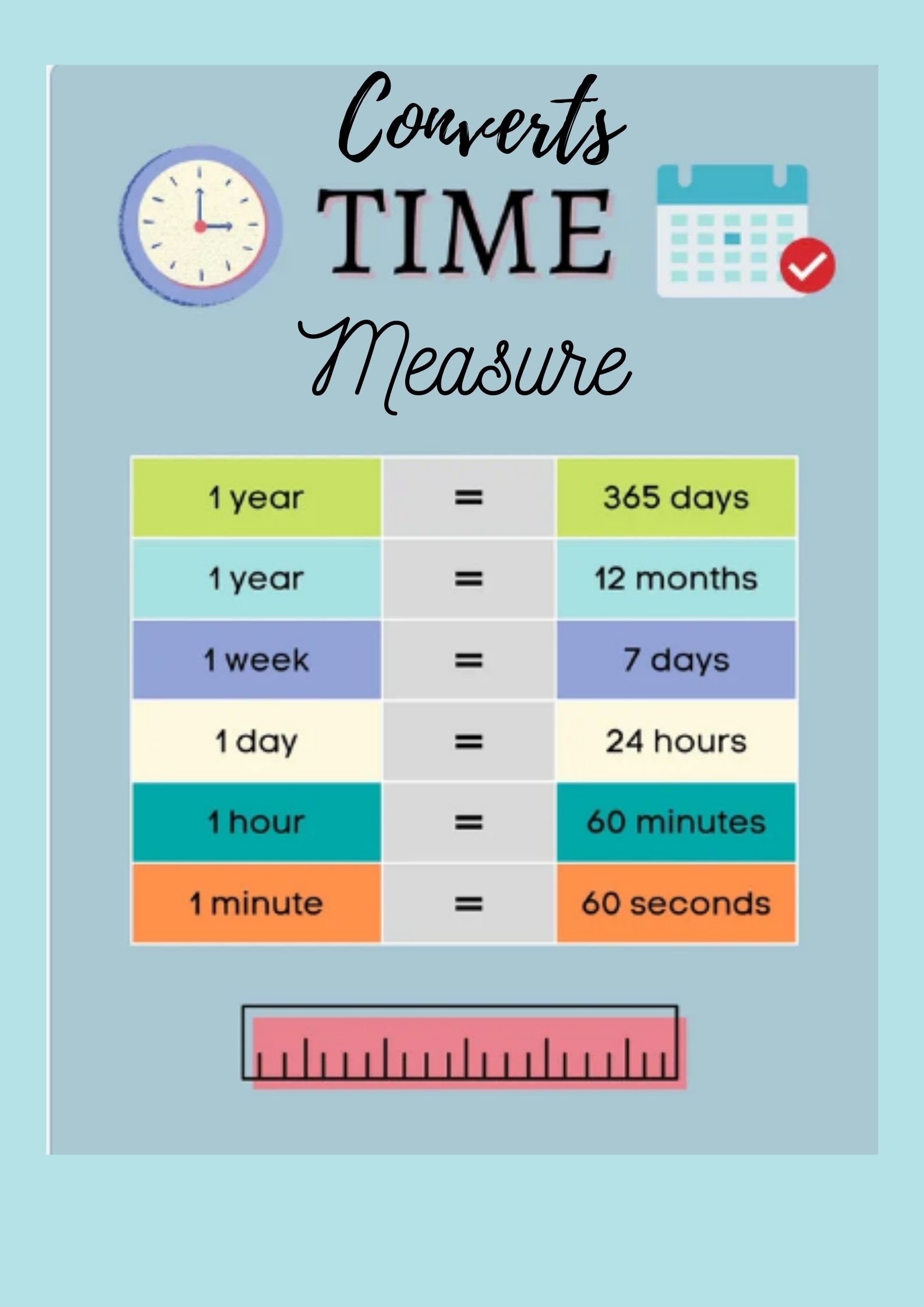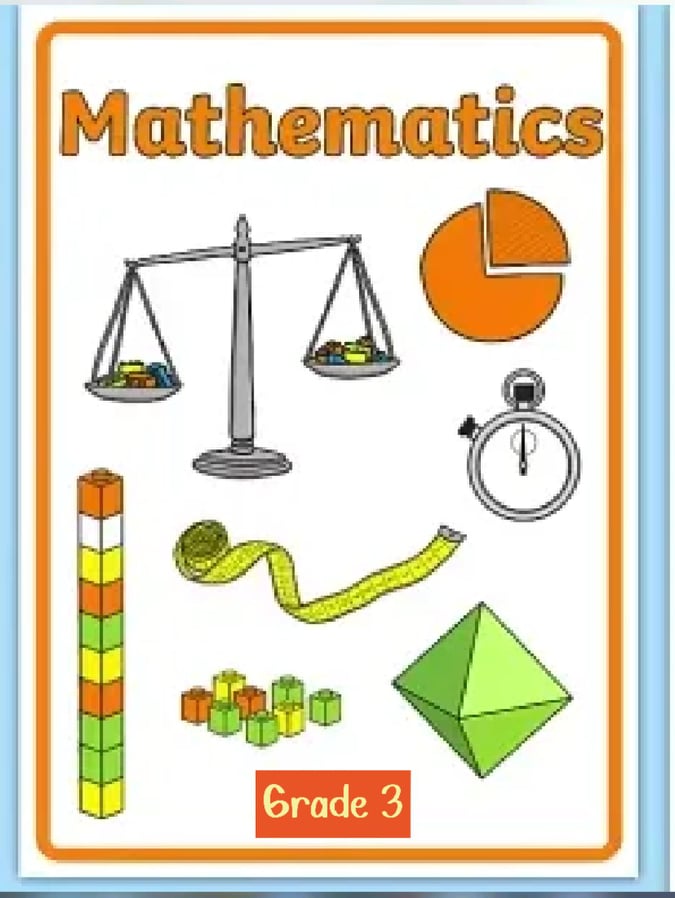
MATHEMATICS 3 QUARTER 4
When you find ways to engage your child in thinking and talking about mathematics at an early age, you are providing an important key for unlocking his or her future success.

MATHEMATICS QUARTER 4
Mathematics from K-10 is a skills subject. By itself, it is all about quantities, shapes and figures, functions, logic, and reasoning. Mathematics is also a tool of science and a language complete with its own notations and symbols and “grammar” rules, with which concepts and ideas are effectively expressed.
The contents of mathematics include Numbers and Number Sense, Measurement, Geometry, Patterns & Algebra and Statistics and Probability.
Numbers and Number Sense as a strand include concepts of numbers, properties, operations, estimation, and their applications.
Measurement as a strand includes the use of numbers and measures to describe, understand, and compare mathematical and concrete objects. It focuses on attributes such as length, mass and weight, capacity, time, money, and temperature, as well as applications involving perimeter, area, surface area, volume, and angle measure.
Geometry as a strand includes properties of two- and three-dimensional figures and their relationships, spatial visualization, reasoning, and geometric modelling and proofs.
Patterns and Algebra as a strand studies patterns, relationships, and changes among shapes and quantities. It includes the use of algebraic notations and symbols, equations, and most importantly, functions, to represent and analyze relationships.
Statistics and Probability as a strand is all about developing skills in collecting and organizing data using charts, tables, and graphs; understanding, analyzing and interpreting data; dealing with uncertainty; and making predictions about outcomes.
The K to 10 Mathematics Curriculum provides a solid foundation for Mathematics at Grades 11 to 12. More importantly, it pro vides necessary concepts and life skills needed by Filipino learners as they proceed to the next stage in their life as learners and as citizens of the Philippines.

Mathematics 3 - SAMPLE TUTORIAL
Mathematics from K-10 is a skills subject. By itself, it is all about quantities, shapes and figures, functions, logic, and reasoning. Mathematics is also a tool of science and a language complete with its own notations and symbols and “grammar” rules, with which concepts and ideas are effectively expressed.
The contents of mathematics include Numbers and Number Sense, Measurement, Geometry, Patterns & Algebra and Statistics and Probability.
Numbers and Number Sense as a strand include concepts of numbers, properties, operations, estimation, and their applications.
Measurement as a strand includes the use of numbers and measures to describe, understand, and compare mathematical and concrete objects. It focuses on attributes such as length, mass and weight, capacity, time, money, and temperature, as well as applications involving perimeter, area, surface area, volume, and angle measure.
Geometry as a strand includes properties of two- and three-dimensional figures and their relationships, spatial visualization, reasoning, and geometric modelling and proofs.
Patterns and Algebra as a strand studies patterns, relationships, and changes among shapes and quantities. It includes the use of algebraic notations and symbols, equations, and most importantly, functions, to represent and analyze relationships.
Statistics and Probability as a strand is all about developing skills in collecting and organizing data using charts, tables, and graphs; understanding, analyzing and interpreting data; dealing with uncertainty; and making predictions about outcomes.
The K to 10 Mathematics Curriculum provides a solid foundation for Mathematics at Grades 11 to 12. More importantly, it pro vides necessary concepts and life
skills needed by Filipino learners as they proceed to the next stage in their life as learners and as citizens of the Philippines.
